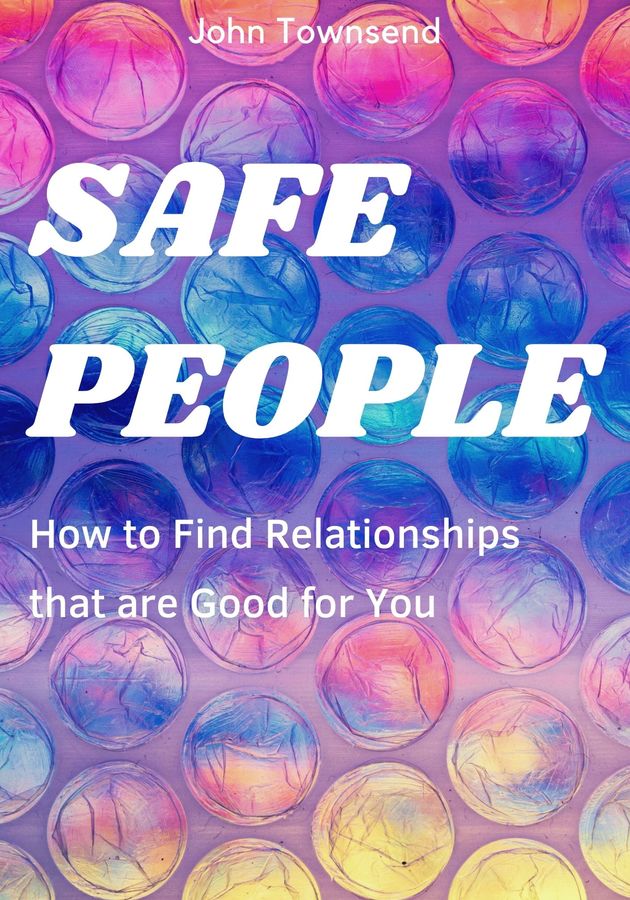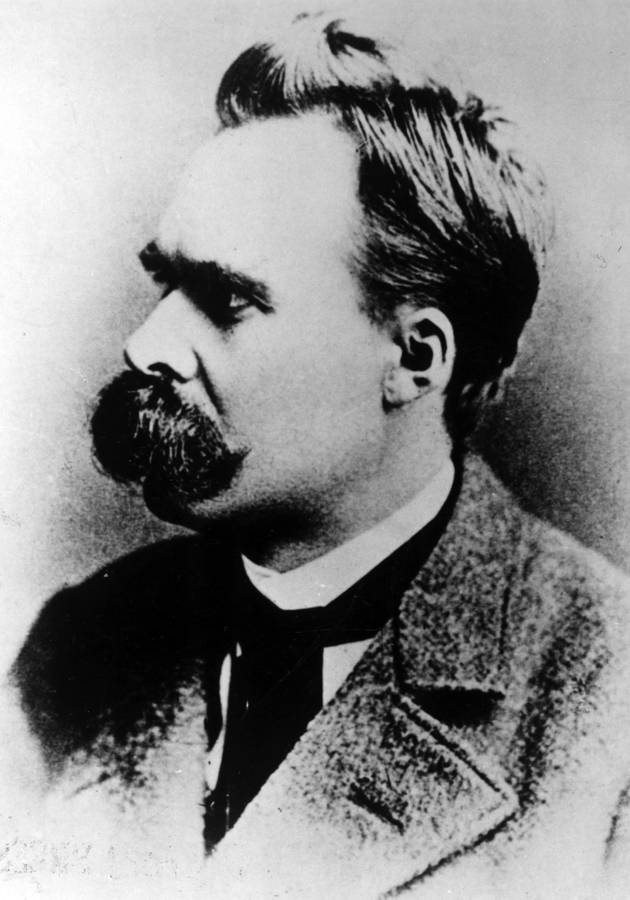The book explores the intricate dynamics of living a longer, healthier life amidst the modern challenges of chronic diseases and age-related ailments. Through a blend of scientific insights, medical expertise, personal stories, and practical advice, the book offers a comprehensive guide for individuals seeking to extend their lifespan and health span.
Attia begins by emphasizing the evolving nature of longevity, distinguishing between merely surviving and thriving in later years. He highlights the prevalence of chronic diseases like heart disease, cancer, neurodegenerative conditions, and type 2 diabetes as the primary culprits behind slow and debilitating declines in health. Central to Attia's thesis is the pivotal role of exercise in promoting longevity. He advocates for tailored exercise regimes prioritizing strength, stability, and aerobic efficiency, cautioning against improper exercise. Moreover, he emphasizes the significance of genetic factors in longevity, highlighting specific genes like APOE and FOXO3 that may influence lifespan.
Throughout the book, Attia explores various lifestyle factors affecting longevity, including diet, sleep, and environmental influences. He dispels myths surrounding cholesterol and heart disease, stressing the importance of adopting a balanced approach to nutrition and advocating for the Mediterranean diet's potential benefits. Attia also addresses the complex relationship between sleep and cognitive health, underscoring the critical role of quality sleep in preserving brain function and reducing the risk of neurodegenerative diseases like Alzheimer's.
Redefining aging - Shifting focus from lifespan to healthspan
In the opening chapters, the author, Attia, introduces the readers to the profound connection between exercise and longevity. He begins by emphasizing the well-known benefits of regular exercise, highlighting its role in strengthening the heart, muscles, and circulation. Notably, exercise also triggers the production of BDNF (brain-derived neurotrophic factor), a molecule crucial for brain health and memory.
Attia debunks the misconception that extensive training is necessary for reaping these benefits, asserting that even small amounts of physical activity can significantly impact longevity. Astonishingly, engaging in just 90 minutes of exercise per week can reduce mortality risk by 14%.
Moreover, the author stresses the importance of strength training for individuals of all ages, including the elderly, as it enhances mobility and prevents falls and other health issues. He proposes a refreshing perspective on aging, encouraging readers to envision themselves as athletes of life, training for a 'centenarian decathlon' of daily tasks they wish to accomplish at age 100.
Transitioning to a broader discussion on longevity, Attia introduces the concept of healthspan, contrasting it with mere lifespan. He identifies chronic diseases like type 2 diabetes, cardiovascular issues, cancer, and Alzheimer's Disease as significant challenges to longevity. Rather than viewing these conditions as binary, he emphasizes their continuum nature, with many individuals teetering on the edge of diagnosis. Attia advocates for a shift towards proactive medicine or 'Medicine 3.0', prioritizing prevention over treatment and tailoring health plans to individual needs. He stresses the importance of early intervention, urging readers to consider their strategies for maintaining cognitive, physical, and emotional health as they age.
While acknowledging the complexity of living systems and the lack of long-term randomized clinical trials, Attia encourages embracing uncertainty and focusing on probabilities and risks. By adopting a holistic approach to health and consistently implementing key lifestyle factors, individuals can strive to reduce uncertainty and optimize their chances of a longer, healthier life. Essentially, these chapters guide understanding the interplay between exercise, lifestyle choices, and longevity, offering practical insights and thought-provoking perspectives for readers seeking to enhance their quality of life as they age.
Discovering the fountain of youth
Here, Attia passionately discusses how we can maintain a lifelong love affair with exercise, emphasizing its pivotal role in sustaining health and vitality as one age. He articulates three fundamental dimensions of fitness: aerobic endurance and efficiency, strength, and stability, highlighting the importance of training in all of these disciplines to guarantee long-term health. The discussion begins with a focus on aerobic endurance and efficiency, advocating for adopting zone 2 cardio training, characterized by a sustainable intensity level hovering around 60 to 70 percent of the maximum heart rate. This moderate intensity level facilitates prolonged exercise while allowing for conversational engagement, enhancing cardiovascular health and endurance.
Transitioning to a fascinating concept named "The Four Horsemen of Aging," Attia elucidates the menacing threats of Cancer, Type 2 Diabetes, Heart Disease, and neurodegenerative diseases, which loom as adversaries to the aging process. Through an in-depth study of each disease, he presents a complete toolset filled with techniques for defeating these enemies and fortifying the body's defenses.
Additionally, Attia propounds a paradigm shift from conventional Medicine 2.0 to the progressive approach of Medicine 3.0, which adopts a holistic perspective, treating patients as complete entities rather than merely addressing isolated symptoms. This proactive stance towards healthcare underscores the importance of nurturing overall well-being to stave off the onslaught of age-related afflictions. Drawing inspiration from centenarians, those rare individuals who defy the odds and surpass the century mark, Attia explores longevity factors. While genetics certainly play a role, the spotlight shifts to the significance of lifestyle choices, with resilience emerging as a pivotal trait among centenarians. Despite varied habits, it becomes evident that the key to longevity lies in an unwavering capacity to bounce back from life's challenges.
These chapters serve as a roadmap for readers, elucidating the intricate interplay between exercise, health, and longevity while offering invaluable insights into fortifying the body against the ravages of time.
Critiquing current approaches to heart disease management
Heart disease remains a pervasive global health concern, with atherosclerotic cardiovascular disease (ASCVD) standing as the primary cause of mortality. Despite advances in treatment, current management approaches exhibit limitations. In "Outlive," the author Attia sheds light on these deficiencies and advocates for a proactive stance against heart disease. The author emphasizes in these chapters how crucial it is to acknowledge the protracted development of heart disease and the cumulative burden of lipoproteins, particularly apoB particles like LDL and VLDL. Attia reinforces the necessity of early intervention through lifestyle adjustments and medication to reduce these lipoprotein levels.
Through poignant anecdotes like that of Not-Thin Peter, who, despite a healthy lifestyle, fell victim to early signs of atherosclerosis due to a familial predisposition, Attia highlights the insidious nature of heart disease. This narrative underscores the imperative for preemptive measures even in seemingly low-risk individuals. The author's exploration of Anahad O'Connor's experience, wherein a calcium scan revealed a high calcium score linked to elevated Lp(a) levels despite outward fitness, exposes the gaps in current risk assessment methodologies. This case underscores the importance of a comprehensive approach to risk evaluation.
Central to Attia's thesis is the imperative of actively addressing high apoB levels to diminish atherosclerotic particle accumulation. He elucidates medications like statins and PCSK9 inhibitors, designed to target apoB particles, as pivotal in cardiovascular risk management. These chapters of "Outlive" serve as a clarion call for a paradigm shift in combating heart disease. By prioritizing early intervention and comprehensive risk assessment focusing on lipoprotein burden, the book advocates for a proactive approach to cardiovascular health.
Understanding metabolic dysfunction
The author illuminates the prevalence and dangers of two often overlooked health conditions: Nonalcoholic Fatty Liver Disease (NAFLD) and Nonalcoholic Steatohepatitis (NASH). These silent epidemics affect a significant portion of the global population, affecting more than one in four people worldwide. The chapter stresses the significance of early detection and mentions liver function tests as essential instruments for spotting warning indications.
Attia challenges the common misconception that these conditions are solely linked to obesity. Instead, he brings out that they are symptoms of underlying metabolic dysfunction, which significantly increases the risk of various serious illnesses, including cardiovascular disease, cancer, and Alzheimer's disease. The narrative stresses that addressing metabolic health is paramount in combating these global health crises. These chapters offer insightful anecdotes, such as the case of a patient who underwent surgery and was found to have a fatty liver despite minimal alcohol consumption. This revelation highlights the silent nature of NAFLD and the importance of liver function tests like ALT levels in early detection. In addition, Attia explores the link between metabolic dysfunction and excessive calorie intake, especially from fructose.
By using significant examples, like the case of a patient who drank excessive sugar-filled drinks, the narrative illustrates how liquid fructose overwhelms the gut, leading to fat accumulation in the liver and other organs. Overall, these chapters serve as a wake-up call, urging readers to pay attention to their metabolic health and emphasizing the critical role of early detection and lifestyle interventions in preventing and managing NAFLD and NASH.
Illuminating a path forward in the fight against cancer
In this chapter, Attia talks about the dynamic landscape of early cancer detection and the groundbreaking advancements in immunotherapy. Here, the readers are invited to explore the transformative potential of timely detection and the remarkable promise of immunotherapy in the fight against cancer. The chapter opens with a profound emphasis on the critical role of early detection in cancer prognosis. Attia highlights how the timely identification of cancer significantly enhances survival rates, setting the stage for a riveting exploration into innovative diagnostic approaches. Central to this narrative is the emergence of liquid biopsies as a revolutionary tool in cancer detection. Attia elucidates the principles behind liquid biopsies, mainly focusing on their ability to analyze cell-free DNA in the bloodstream.
The introduction of the Galleri test exemplifies this cutting-edge technology, showcasing its remarkable accuracy in detecting cancer through methylation patterns. Attia argues the potential of liquid biopsies to revolutionize cancer screening by enabling early intervention and improving patient outcomes. Transitioning to immunotherapy, the narrative reveals the hopeful landscape of applying the body's immune system to fight cancer. Attia explains the mechanisms of CAR-T cell therapy, a groundbreaking form of immunotherapy that targets specific tumor cells. Through some pretty fascinating case studies and clinical insights, Attia illustrates the profound impact of CAR-T cell therapy in achieving long-term remission for patients with B-cell lymphoma and acute lymphoblastic leukemia.
Through the lens of Michael's journey, a patient with Lynch syndrome facing colon cancer recurrence, Attia stresses the pivotal role of liquid biopsies in personalized cancer management. Michael's experience illuminates how the Galleri test facilitated early detection and monitoring of cancer, empowering medical professionals to intervene promptly and optimize treatment strategies. Attia's narrative culminates in a poignant reflection on the transformative potential of early detection and immunotherapy, offering readers a glimpse into a future where cancer is no longer an insurmountable challenge.
Embracing exercise not as a chore but as a vital investment in future well-being
Attia strongly advocates for the transformative power of exercise as a cornerstone of health and longevity. He begins by addressing the sorry state of physical activity in modern society, pointing out how most individuals fall short of meeting recommended guidelines for aerobic and strength training. Despite this, Attia stresses the undeniably substantial impact even modest levels of exercise can have on reducing the risk of chronic diseases and extending lifespan.
Attia challenges the dichotomy between cardiovascular and strength training, asserting that both are indispensable components of a holistic exercise regimen. He also explores the concept of "diseases of civilization," tracing their rise alongside societal progress and lifestyle changes. However, he contends that with strategic adaptation, individuals can thrive in the face of these challenges. Central to Attia's argument is that exercise is medicine, with outcomes comparable to or even surpassing pharmaceutical interventions in managing conditions like cardiovascular disease and diabetes. He also discusses the multifaceted benefits of exercise, from cardiovascular health to mitochondrial function and cognitive well-being.
Furthermore, Attia introduces the concept of stability as a fundamental aspect of physical fitness, emphasizing its role in supporting aerobic fitness and muscular strength. He identifies three key stability components—breathing, foot grounding, and hand function—and points out their importance in optimizing overall performance and reducing injury risk.
Drawing on his experience as a physician, Attia proposes a comprehensive exercise prescription tailored for optimal health and longevity. This prescription includes a balanced mix of aerobic exercise, strength training, and stability work, emphasizing the importance of consistency and intentionality in training. In contemplating the later stages of life, Attia urges readers to envision an active and independent future rather than succumbing to decline and dependence. He encourages individuals to train specifically for the activities they wish to continue in their later years, emphasizing the importance of building strength and cardiovascular resilience.
Sleep, emotions, and longevity: A holistic approach
Attia explains how emotional well-being plays a role in determining overall healthspan and longevity. Drawing from his extensive experience working with patients, he emphasizes the profound impact of emotional health on various aspects of physical and cognitive well-being.
Attia begins by reinforcing the importance of quality sleep in maintaining emotional equilibrium. Chronic sleep debt not only affects physical health but also disrupts emotional stability, increasing vulnerability to mood disorders and exacerbating existing emotional health issues.
Attia advocates for a paradigm shift in healthcare towards prioritizing emotional well-being as a cornerstone of preventative medicine. He shares his journey with depression and highlights the necessity of proactive measures to safeguard emotional health.
The author discusses therapeutic modalities such as dialectical behavior therapy (DBT) as practical tools for enhancing distress tolerance and breaking the cycle of negative emotional reactions.
Attia points out the evidence-based nature of DBT and encourages individuals to seek professional guidance in incorporating its principles into their lives.
Recognizing the profound impact of social connections on emotional well-being, Attia also argues about the detrimental effects of loneliness on health. He stresses the importance of fostering meaningful relationships and maintaining social connections as vital components of overall health maintenance.
Final notes
"Outlive: The Science & Art of Longevity" is a highly praised book that explores the intricacies of living a healthier, longer life. It's a self-help book dedicated to anyone interested in improving their well-being. Peter Attia, known for his podcast "The Drive," shares an absolute goldmine of healthcare information. He advocates for Medicine 3.0, a proactive approach aimed at extending healthspan—the period of life spent free from chronic disease—to encompass most, if not all, of lifespan. He identifies the "four horsemen" of chronic disease: metabolic syndrome, cardiovascular disease, cancer, and neurodegenerative diseases, and emphasizes the importance of preventive measures.
The book covers strategies for preventing cognitive decline, with exercise highlighted as a crucial intervention. Attia asserts that regular exercise is the single most important factor in improving healthspan, even surpassing pharmaceuticals and diets in efficacy. Despite dealing with complex medical topics, Attia and co-author Bill Gifford ensure the book's accessibility to a broader audience by simplifying technical details. They also offer further resources for those seeking deeper insights.
In essence, "Outlive" is a noteworthy guide for individuals aiming to enhance their physical and emotional well-being, offering valuable insights into longevity and healthy living.
12min tip
Whether you're an entrepreneur, a business professional, or someone simply seeking to elevate their performance, "The 10X Rule" by Grant Cardone offers invaluable insights and strategies to propel you toward your dreams.





























